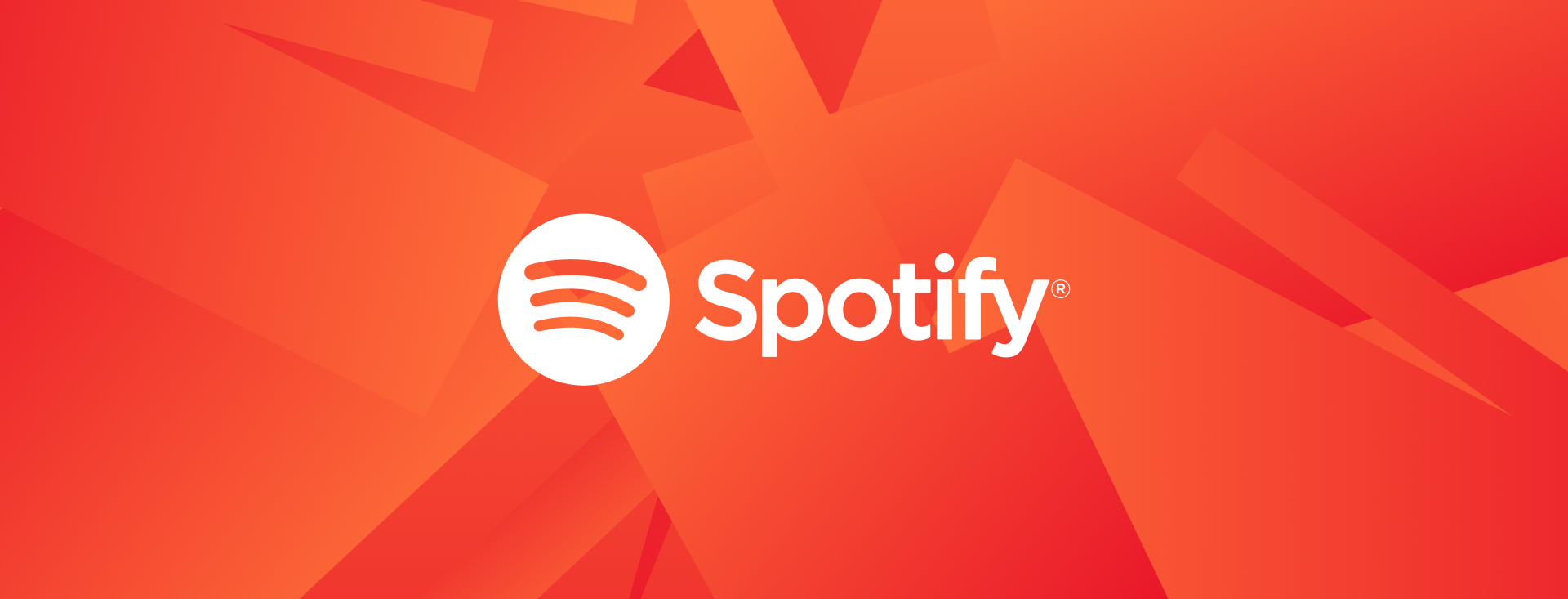
Spotify’s Holistic Approach to Contributions to the Canadian Broadcasting System
Spotify’s Presentation at the Canadian Radio-television and Telecommunications Commission (CRTC) on November 29, 2023
Nathan Wiszniak:
Spotify’s mission is to unlock the potential of human creativity – by giving a million creative artists the opportunity to live off their art and billions of fans the opportunity to enjoy and be inspired by it.
This mission directly supports the government’s goals in the updated Broadcasting Act. We work everyday to increase the discoverability of Canadian and Indigenous content, both at home and abroad.
With our remarks we want to touch on three critical issues in this proceeding.
- First, we believe imposing initial base contributions on platforms before defining critical elements of the broadcast policy is premature, and risks overlooking the many ways that Spotify already contributes to and supports Canadian and Indigenous artists.
- Further, it is incumbent on the Commission to consider the significant portion of revenues streaming services immediately distribute back to the music ecosystem as royalty payments.
- And finally, the Commission should take into consideration the delicate economics of the music streaming business model and not impose blunt financial obligations.
A regulatory framework that does not adequately consider these factors could jeopardize our nine years of tailored investments and impact Spotify’s ability to continue to support artists and discoverability in ways that makes sense for the modern streaming age.
I’d like to start with a short introduction of Spotify because it underscores our commitment to the music industry.
Spotify was launched in Sweden at a time when the music industry was in deep decline due to piracy. The view of Spotify’s founder was that if you are going to get people to start paying for music again, you have to make it a better experience. 17 years later, streaming is driving record revenues into the music industry and more artists are sharing in that success than ever before.
Spotify launched in Canada in 2014 with this same commitment. Today, Spotify’s 150-strong Canadian team’s mission remains to grow the stage for Canadian and Indigenous talent through playlisting, marketing campaigns, partnerships, and training that empowers artists, writers, and podcasters to organically grow their audience.
We are proud of the success of the Canadian music ecosystem we have helped build. Thanks to the payments of streaming services, the record labels and artists of Canada’s recorded music industry earned nearly 80% of their revenue from streaming last year, driving robust growth of 8%.
Unlike traditional radio, interactive streaming has made space for new talent. Every week 83 times the number of unique Canadian tracks are listened to on Spotify in Canada compared to radio, creating more opportunities for diverse voices to be discovered.
Spotify puts significant effort into showcasing and supporting Canada’s diverse, multilingual and multicultural society.
Our editorial team curates playlists with deep experience in and passion for different cultures and musical genres. Spotify Canada programs over 100 editorial playlists with our popular local flagship playlists programming 100% Canadian and Indigenous artists.
Moreover, Spotify empowers creators and their teams with tools for success, including data analytics, educational resources, expression formats, and promotional tools to make the most impact on and off platform.
Combined with special partnerships and tailored campaigns, Spotify is helping Canadian and Indigenous artists from diverse genres and backgrounds to reach listeners at home and around the globe. To highlight a few key examples mentioned in our written submissions:
- We elevate voices from marginalized communities – including Canadian women, Black, and 2SLGBTQI+ creators – through specialized programs combining editorial, spotlighting and advertising. EQUAL for example is Spotify’s program fostering equity for women in music. It’s an always-on commitment to support, elevate and celebrate women through editorial, partnerships and community events. We collaborate with organizations such as Women In Music Canada, Honey Jam and the Canadian Country Music Association’s EQUAL mixer community event.
- Spotify’s Indigenous playlist – curated on a monthly basis by Indigenous artists – offers a unique platform to showcase Canada’s rich diversity of Indigenous talent and storytelling. Our relationship and ongoing dialogue with the Indigenous Music Alliance and Indigenous Music Office has played a key role in helping us identify artists to support, educate and promote.
- Through promotion of Spotify Canada’s Rap québ and Les Nouveaux Classiques playlists, French-Canadian artists have grown audiences and careers at home and abroad without the aid of any radio play. Today on Spotify, seven out of the top 10 most streamed French-Canadian artists are independent French-Canadian rappers. Only two of those artists appear on French- Canadian radio charts. Additionally, 2023 marked the second year of Spotify’s partnership with les Francos de Montréal, the festival’s first ever partnership with a streaming service.
These unique and tailored investments are paying off for artists.
We invest in Canada’s cultural sector and ensure the discoverability of diverse voices because it is our core mission. However, we are concerned that the introduction of initial base contributions could damage the progressive work that we have been doing for almost a decade.
We believe that the Commission is moving too quickly without key pieces of the puzzle, including foundational elements like how Canadian and Indigenous content is defined and the best tools to support Canadian music and audio content.
Without a more holistic picture, it is impossible to properly quantify the unique and innovative contributions already made by online undertakings today.
I’ll now hand it to my colleague Olivia to explain some of the unique features of the music streaming business model that we believe are important to this larger picture.
Olivia Regnier:
Thank you. I will continue in French, and develop three points:
- What the financial contribution of streaming services represents for the music sector;
- The low to negative margins of music streaming;
- The impact of additional financial contributions on investments and promotion of Canadian music.
Music streaming services today form the foundation of the Canadian music industry and its continued robust growth. Spotify not only contributes significantly to the discovery of Canadian music, as Nathan has just outlined, but music streaming services are pivotal to the finances and economic health of the music industry through the unprecedented royalties we pay. We believe it is not only relevant but critical for the CRTC to take note of this.
Spotify pays nearly 70% of our music revenue back into the music industry as royalties to rightsholders, who in turn pay artists and songwriters. Thanks to that 70%, music streaming services provide nearly 80% of all recorded music revenue in Canada
Royalty payments from music streaming services are more than simply a cost of doing business; they represent a fundamental component of Canada’s music sector and of investments in the production of Canadian music.
The nearly 70% of revenue we pay in royalties – more similar to rates associated with physical retail – contrasts sharply with other forms of broadcasting that pay a far lower rate.
Terrestrial radio for example has benefitted from government-dictated royalty rates which are nearly 8.5 times lower than music streaming services – or approximately 8% of gross annual income.
Thanks to streaming royalties, music industry revenues have risen sharply and steadily, and in recent years have hovered around 8-10%. The same is true for the collecting societies.
These streaming royalties are the foundation on which the music industry operates, and in particular the labels’ investment in Canadian production and Canadian music.
However, because of these high payments, streaming services operate on extremely low, or even negative, margins. This is confirmed by the UK Competition Market Authority’s 2022 report, which concluded that rather than excessive profits, music streaming services have low, or negative, operating margins. This is also important for your assessment.
Of the remaining 30%, the services cover their costs, and make investments, including in the promotion of local and minority repertoire, festival support and other music initiatives.
It would be unfair and contrary to attaining the goals of the Broadcasting Act for the CRTC to take action without considering these radically different economic dynamics. The Broadcasting Act – and the Government’s Policy Directions to the Commission – requires that the CRTC consider the differences between the types of broadcasting undertakings. Contributions should be equitable, but not necessarily equal.
As a result, we believe that using annual revenues as a basis to calculate contributions for music streaming services without consideration of these payments paints a distorted picture. We are concerned that additional payments will lead to serious unintended consequences for the support we offer Canadian and Indigenous artists to ensure their music is heard and discovered.
If asked to make a burdensome contribution, irrespective of our existing investments, Spotify will need to make financial decisions to sustainably run our business. Additional costs could require us to cut expenses, including reduce our resources for editorial, partnership, and promotional programs in Canada; reduce resources currently going back to the music ecosystem; or force us to raise prices for Canadian consumers
All of these effects would ultimately negatively impact Canadian and Indigenous artists, Canadian consumers and the entire Canadian music ecosystem – and it would undermine the very objectives of the broadcasting policy.
We strongly encourage the Commission to consider alternate models, such as using profits or retained revenues (i.e., revenues not already paid back into the music industry) as a basis for calculating obligations. Or, in this initial stage, it could adopt a low fee approach that is sustainable for music streaming services. If the Commission does determine that a financial contribution higher than this fee is necessary, it should then do so only once it has considered the full range of financial and non-financial contributions that music streaming services make today and that the Commission will ask them to undertake after future consultations.
The Commission should seize this moment and recognize that the current streaming market is radically different from the terrestrial or satellite radio broadcasting market for which the existing regulatory regime was designed. Now is the time to establish a framework that recognizes and therefore incentivizes the thoughtful and innovative investments made by streaming services in Canada.
Thank you, and we look forward to your questions.










